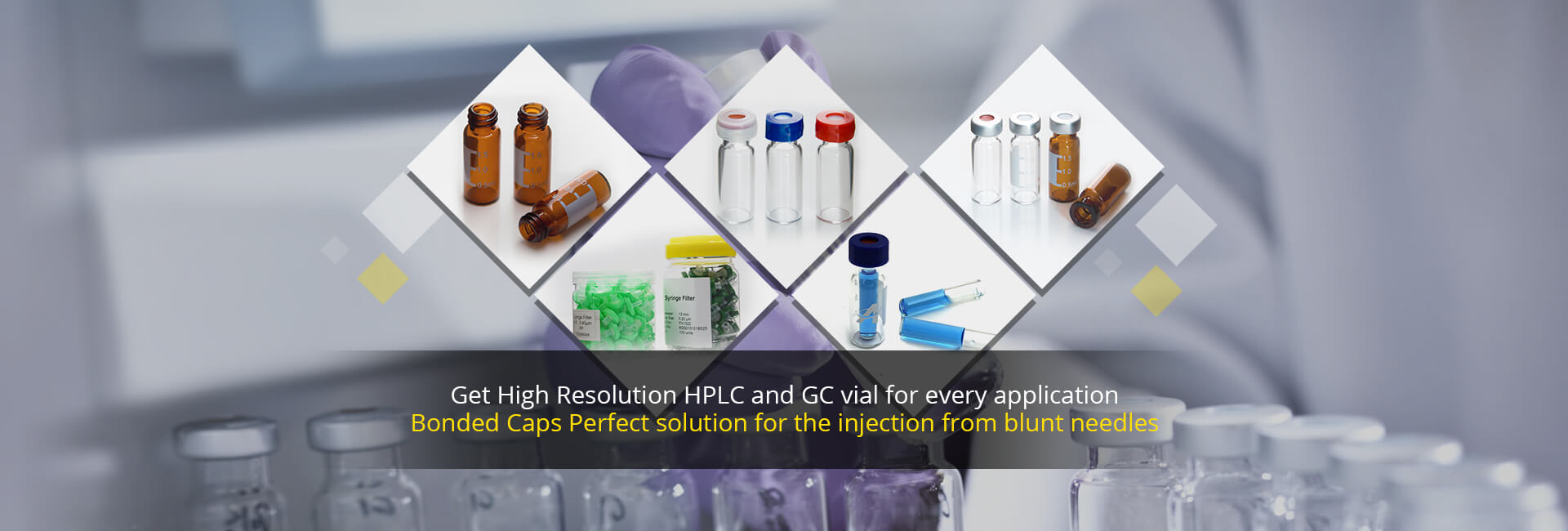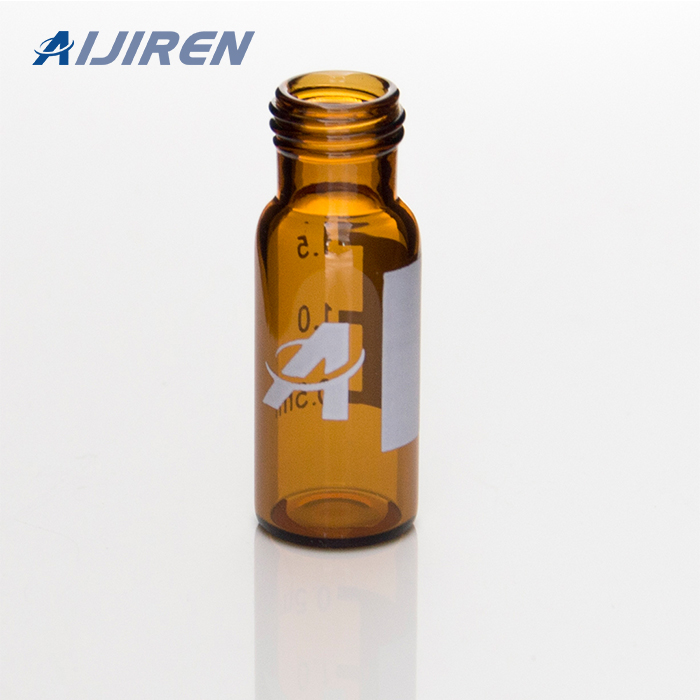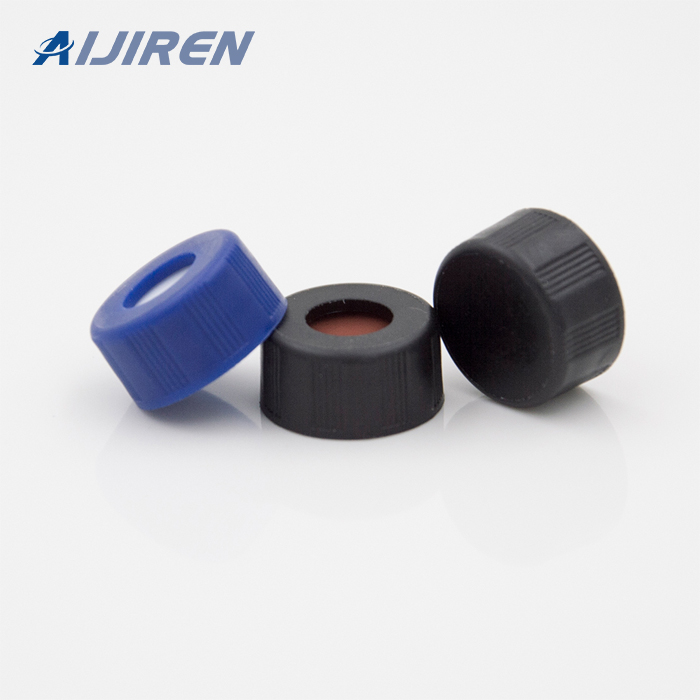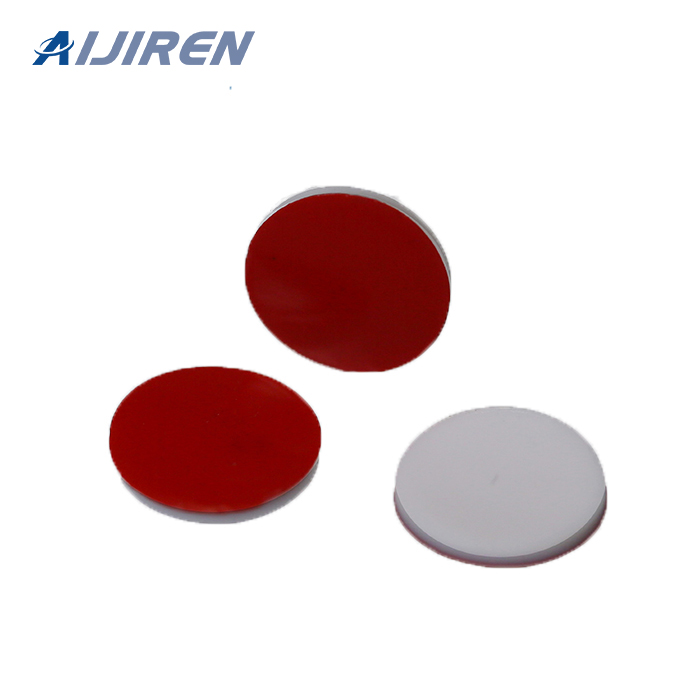




Clear graduation and writing side * Certificate of analysis from our borosilicate glass, ... Sale Unit 036164 Membrane in PC 5.0 m 19 x 42 ...
The properties of borosilicate glass include four common variations. This page shows summary ranges across all of them. For more specific values, follow the links immediately below. The graph bars on the material properties cards further below compare borosilicate glass to other glass and glass-ceramics (top) and the entire database (bottom).
the transparency in the range 5.0–5.6 eV (248–221 nm) may be attrib uted to a decrease in the state combination number in this range. The spectra of α( E ) · n ( E ) · E are sho wn in Figure 6.
Lab Use Borosilicate 3.3 Glass Measuring Cylinder , Find Complete Details about Lab Use Borosilicate 3.3 Glass Measuring Cylinder,Measuring Cylinder,Borosilicate 3.3 Glass Measuring Cylinder,Lab Use Borosilicate 3.3 Glass Measuring Cylinder from Laboratory Cylinder Supplier or Manufacturer-Jiangsu Huida Medical Instruments Co., Ltd.
BOROFLOAT ® has practically the same glass composition as DURAN ®, which is also a SCHOTT glass product mainly used for laboratory equipment.Consequently, the glass is very resistant against water, neutral, saline, acidic solutions, and to iodine, chlorine, bromine, and organic substances, even over long periods and at temperatures higher than 100 °C.
Jan 19, 2013 · Thin layer chromatography is an important analytical test for identifying unknown compounds, monitoring reactions, and testing chemical purity. The purpose of this experiment was to acquire the TLC technique. Chlorophyll: a common plant pigment. Analysis Thin-layer chromatography (TLC) is an essential analytical technique for organic
Elastic Constants for Glasses and Glass Ceramics Code Type E GPa G GPa 9606 Glass Ceramic 17.2 6.9 1723 Aluminosilicate 12.5 5.1 9608 Glass Ceramic 12.5 5.0 7940 Fused Silica 10.4 4.5 0080 Soda Lime Silicate 10.2 4.2 7900 96% Silica 10 4.2 7740 Borosilicate, Low Expansion 9.1 3.8 7070 Borosilicate, Low Loss 7.4 3 • E = Young's Modulus
Using another setup make a leaf marking on another piece of chromatography paper. Using ethanol as a solvent, separate the pigments in the leaf. Cover the cup with a piece of plastic wrap because of the ethanol fumes. Diagram: Data analysis: Calculate R f factors for each ink component.
A furnace fired with liquid fuel would have 30% higher PM emission rates, e.g. 130 mg g −1 for container glass and 650 mg g −1 for the borosilicate method. 43 For effective control of the PM emissions, baghouses are used.
What makes up a functional Column Chromatography also establishes a High Performance Liquid Chromatography (HPLC) system including mobile phase and stationary phase. Tiny particles are packed densely in a column between 100 to 250 mm length with an internal diameter of 4.8 mm. Depending on the variant of functionality, normal phase HPLC that
glass composition used thick film compositions Prior art date 1983-07-25 Legal status (The legal status is an assumption and is not a legal conclusion. Google has not performed a legal analysis and makes no representation as to the accuracy of the status listed.) Withdrawn Application number EP19840108641 Other languages German (de) French (fr
Borosilicate glass is a type of glass with silica and boron trioxide as the main glass-forming constituents. Borosilicate glasses are known for having very low coefficients of thermal expansion (≈3 × 10 −6 K −1 at 20 °C), making them more resistant to thermal shock than any other common glass.
(0.15) µg/g Sm 8.5 ± 0.6 µg/g Sn. 9.5 ± 1.7 µg/g Sr 216 ± 6 µg/g Ta. 5.0 ± 0.4 µg/g Tb. 1.23 ± 0.11 µg/g Th 12.4 ± 1.2 µg/g Ti 14400 ± 500 µg/g Tl.. 0.47 ± 0.19 µg/g Tm 0.60 ± 0.05 µg/g U 3.0 ± 0.4 µg/g V 190 ± 25 µg/g W . 5.6 ± 0.5 µg/g Y 34 ± 5 µg/g Yb 3.8 ± 0.6 µg/g Zn . 165 ± 15 µg/g Zr . 524 ± 16 µg/g SiO2
Lab Supply - Where Service and Supply Count Payment Methods. Information
THIN LAYER CHROMATOGRAPHY (TLC) In thin layer chromatography the solid phase (silica gel or alumina) is applied as a thin coating on a plastic sheet or glass slide, called a TLC plate (fig. 20.4, p. 783). Using a capillary tube, a solution of the sample is applied on the solid support as a spot, a technique known as spotting. When the sample